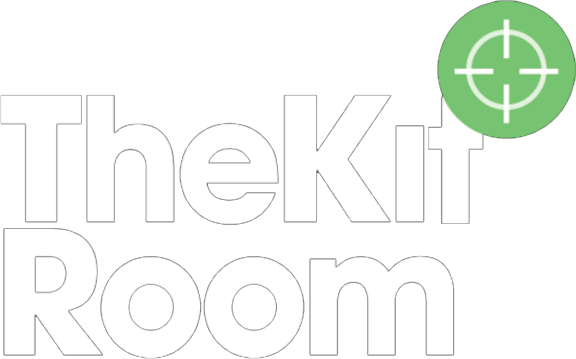
By JB on 24th Mar 2020
The Basics of Three Point Lighting:
There are more lighting styles and techniques than you can shake a stick at but the core of most lighting techniques trace back to the tried and tested Three Point Lighting principle.
In a world where we are seeing more self-recorded vlogger style videos and interviews Three Point Lighting at home can take your videos from looking homemade to giving them a professional gloss and an image that is interesting and dynamic.
So, let’s take a look at the basic principles and how you can easily achieve a well-lit interview scene. As you might imagine Three Point Lighting consists of using three lights to control shadows and details within a shot. These three lights are called:
Key Light:
This is your main light and gives the predominant source of illumination on your subjects face. The key light should not be placed directly in front of the subject/talent but is usually placed just off to the side.
You would place this light first and build the rest of your scene around the key light’s positioning.
Quick Tip: When you have positioned this light, it may look like the scene now has enough illumination but adding the next two lights will help to add more dimension and detail to your shot.
Fill light:
The Fill is important as it helps light the dark/shadowy side of your subject’s face and can help show detail whilst achieving a natural look.
You can get quite creative with your fill light if you wanted, as dimmer fill will create a harsher shadow replicating a film noir style. But a brighter fill will give you an even and neutral look.
Often the fill light might not even be a light. As it can be replaced with something as simple as a reflector or bounce board, positioned to reflect the light from your Key light.
Back light:
The back light is the final light in your three point set up and helps separate your subject from the background and gives the illusion of distance and detail. This is usually the smallest light and is placed behind the subject (out of shot) and pointed at the back of their neck/shoulders.
You often don’t want the back light to be too bright as it can start to give a silhouette or halo appearance to your subject.
That is the basic principles of Three Point Lighting and can be easily achieved with a lighting kit. But, with the rise of self shot content and vlogging can you achieve Three Point Lighting without a purpose built light kit? Yes, yes you can. Obviously having a light kit will make everything easier to set up and give you the most professional look but by getting creative you can use these techniques to achieve a similar look using a range of items you would have in your house.
A quick way to do this would be to use a large lamp as your key light with a smaller lamp as your fill and then something as small as a torch for your back light. You can then Increase or decrease the distance of the light from your subject to help control the brightness of each light and create a natural look.
If you don’t have a selection of different sized lamps around your house the fill light could be replaced with a homemade reflector/bounce board. This can be done with a range of regular house hold items, like a white pillow case stretched of coat hangers, even a mirror or kitchen foil placed next to the subject to reflect the key light back onto the shadowy side of your subjects face.
In terms of standard lighting kits for Three Point Lighting at The Kit Room we have seen a seen a clear list of popular light choices that help our clients achieve professional looking set ups whilst also being adaptable and versatile.
An important characteristic that many shooters look for in an interview light is for it to be “soft”. This makes it easy to avoid harsh shadows and helps create a very natural look.
This is why a lot of people look to our LED light panel range, for the Key and fill lights. These lights offer several advantages over other light options. They are dimmable and bi-colour, so are easy and versatile to set up, giving the perfect balance of light between the Key and Fill. They are also available with soft boxes so that you can increase the “softness” and spread the light evenly.
Then for the back light most shooters look to the tried and tested Dedo lights. These lights are small, so easy to set up behind the subject, dimmable and offer a great choice for adding detail to specific areas. They also come as a three head kit so many shooters use the extra lights to pick out details in the background of their shot.
If you are interested in these lights take a look at our selection of LED lights here:
https://www.thekitroom.co.uk/kit/led

